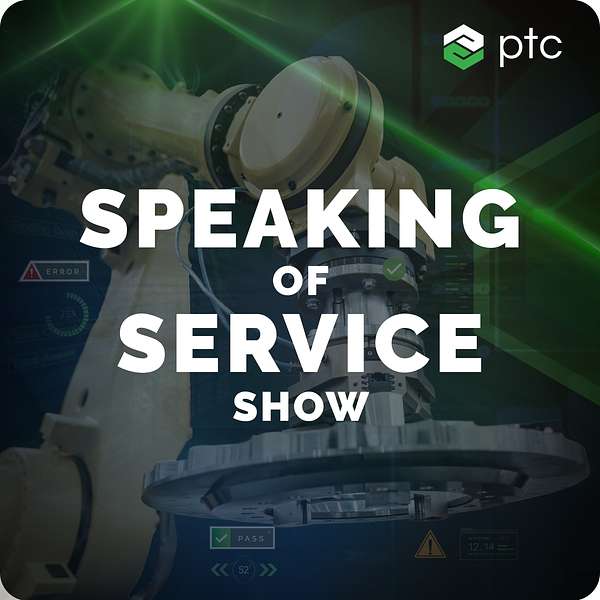
Speaking of Service
Speaking of Service uncovers practical ways to grow service revenue, control costs, and improve customer satisfaction. If you’re looking to innovate, gain a competitive edge, or just learn about the latest service trends, you’ve come to the right place! Also check: www.ptc.com/speakingofservice
Speaking of Service
Driving Customer Value and New Aftermarket Revenue from Data: Sani-Matic’s Journey About Digital Transformation in Manufacturing Industry
Find out more about Sani-Matic and Cloud Security
Sani-Matic provides equipment that’s critical to manufacturers in the food & beverage, and bio-pharm industries. It assures that systems are ready from batch-to-batch or are cleared for new product runs—without cross contamination or sanitation issues that impact throughput, cost and final product quality. Learn how the connected data streams from the SanitrendTM System drives customer value and aftermarket revenue for the company and therefore providing true digital transformation in their manufacturing industry.